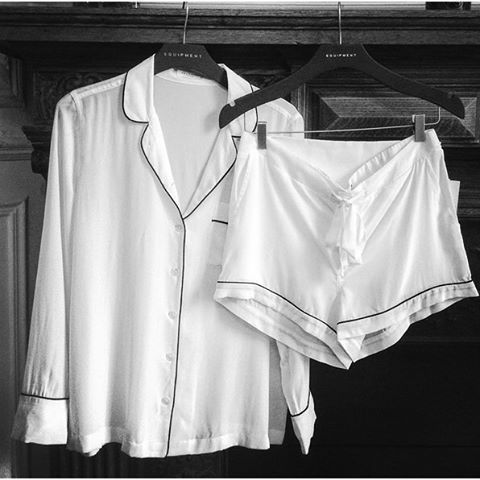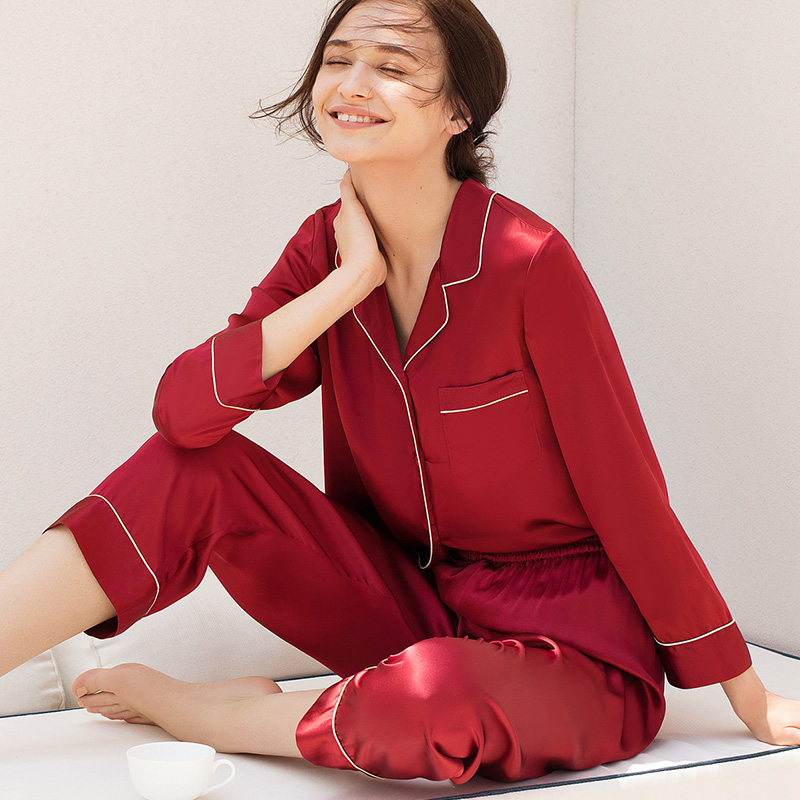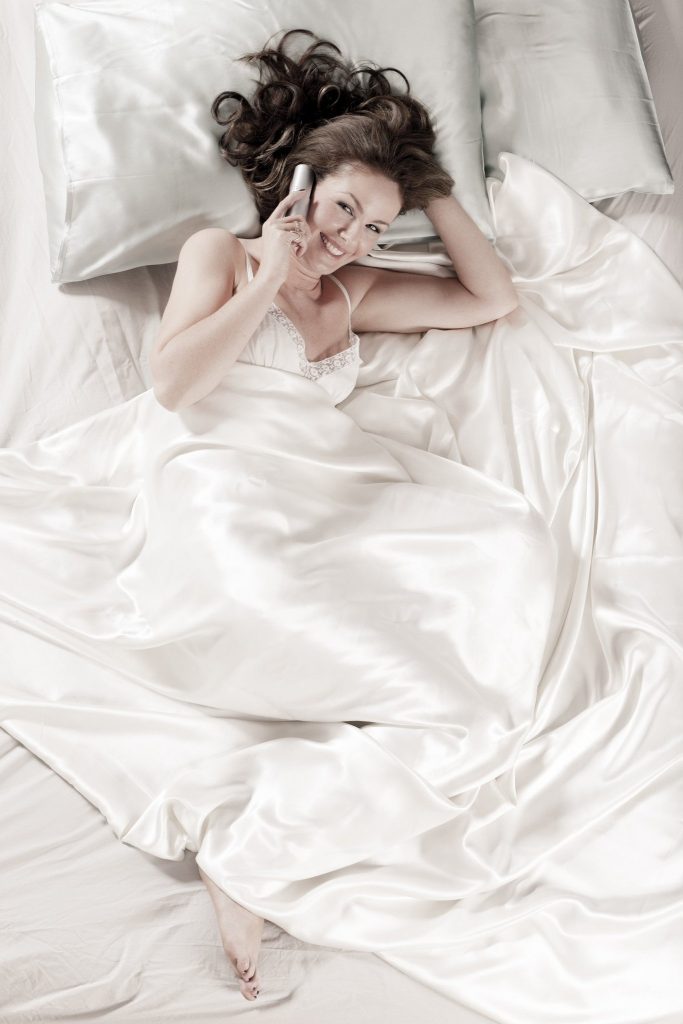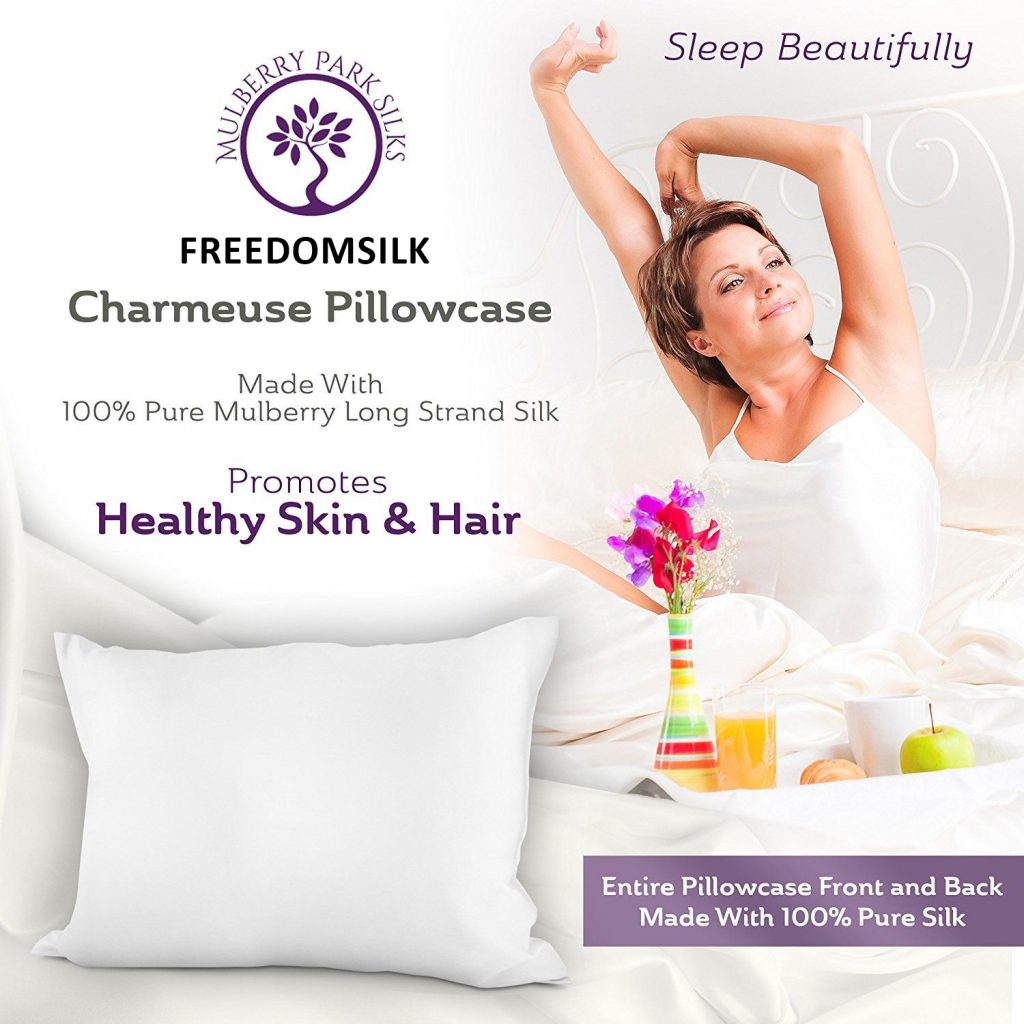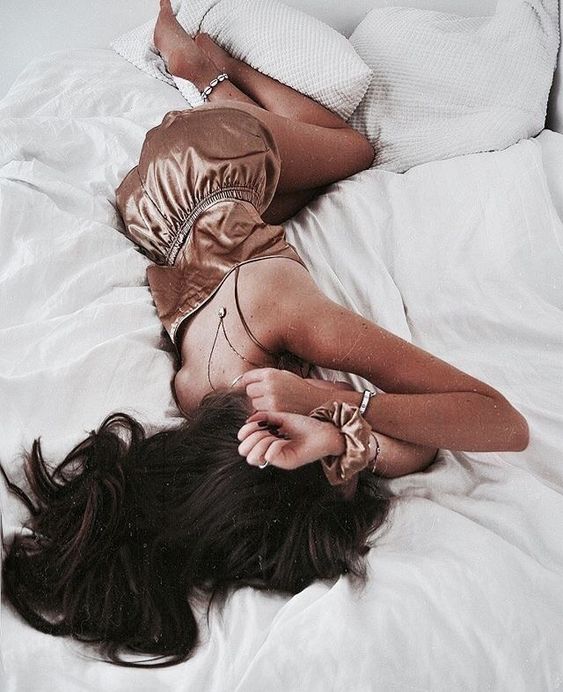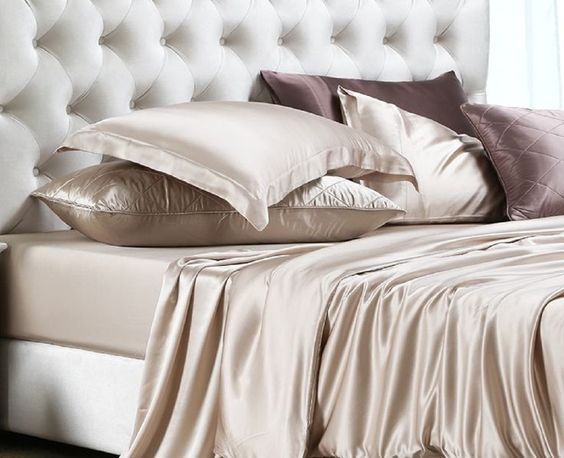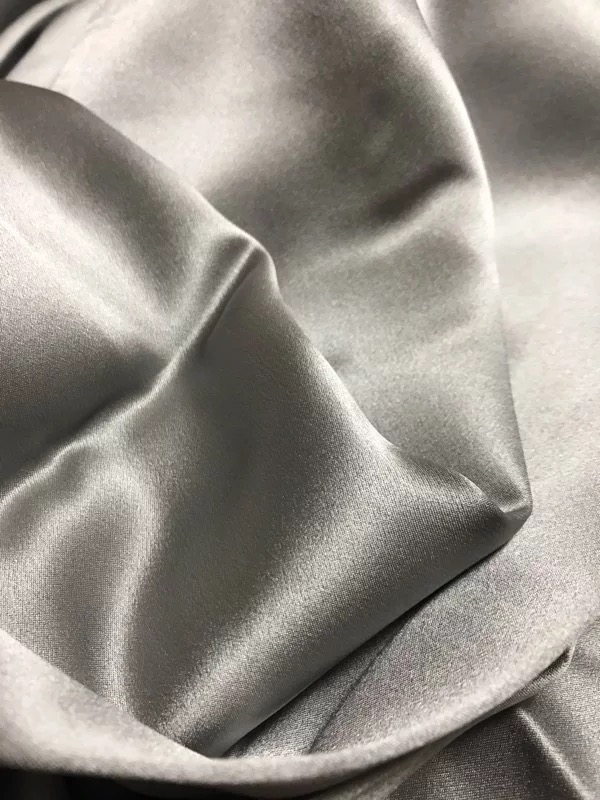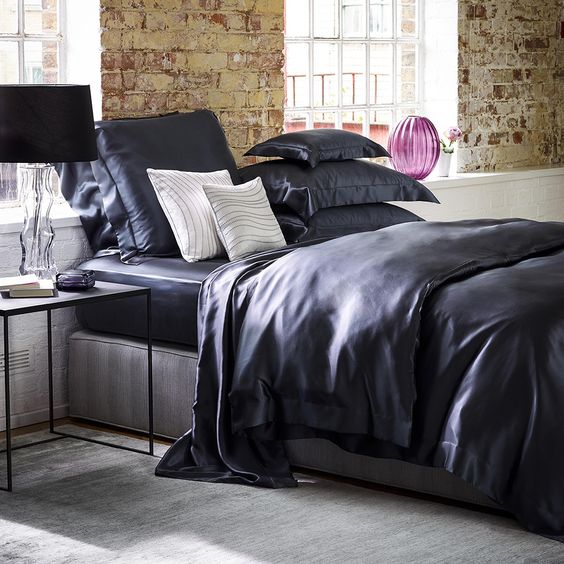Since ancient times, silk pajamas has been loved by people for its softness ,hygienism and constant-temperature. Looking at a piece of silk pajama set on the body is very beautiful, but many people don’t know how to clean and maintain it if it is accidentally dirty.
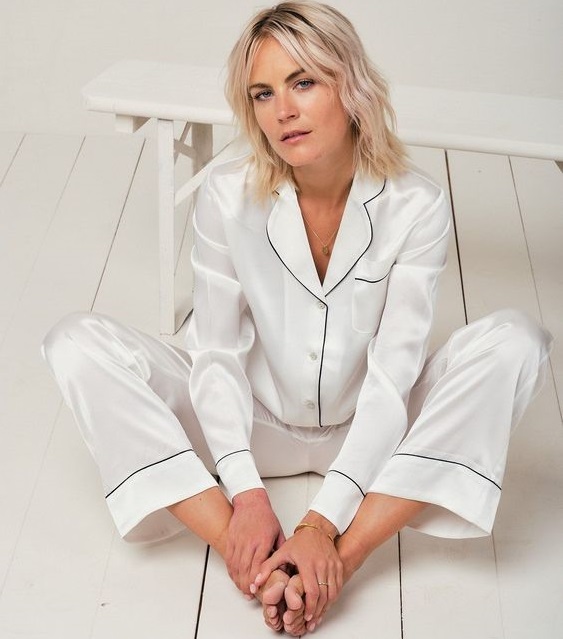
- Silk should not be soaped:First, because tap water contains calcium and magnesium rods, when it comes to soap, it will become calcium soap or magnesium soap.
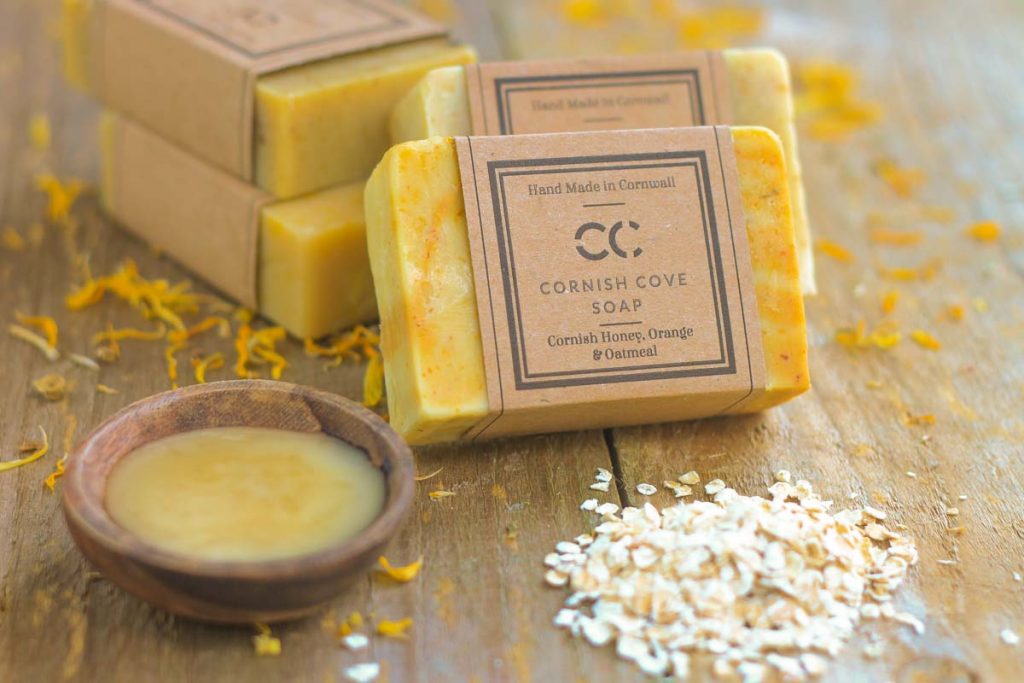
the positive charge of silk, soap with negative charges, the two are easy to combine, precipitation attached to the silk surface, there will be gray-white spots, so silk is best rinsed with water or washed with detergent.
- When silk pajama set and silk clothing is washed, strong rubbing will cause abrasion or “displacement” of silk fibers under the action of magic, stretching and twisting forces, thus causing clothing deformation, losing its original stiffness and shortening its life
- Silk clothes are not washable for a long time. Salt in sweat can make the surface of light-colored silk clothes show yellow spots.
- Silk garments must be rinsed clean after washing.When washing silk products, we should choose a good detergent. Because silk is slightly acidic as human skin, it is not suitable to wash it with alkaline detergent or soap. It is better to use a small amount of neutral detergent (such as detergent for washing vegetables and fruits).
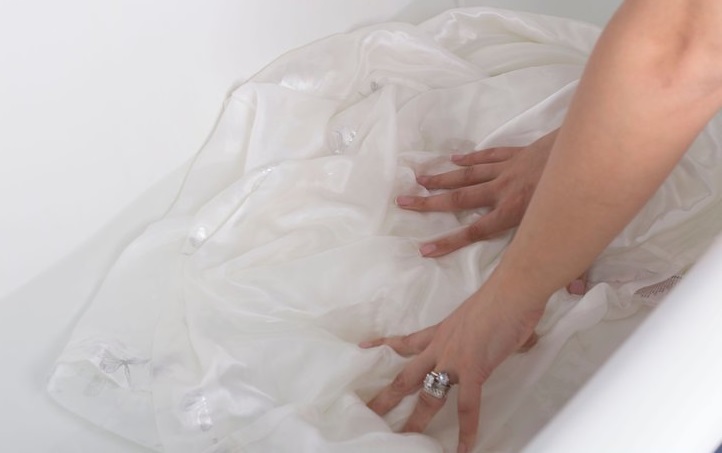
After washing, silk fabrics should be soaked in water with a few drops of acetic acid for a few minutes, which can make the color brighter.
Silk clothes should be thoroughly cleaned when they are collected. It’s best to dry-clean them once. It can not only decontaminate, but also protect the material and shape of clothes. At the same time, it can also play the role of insecticide and sterilization.When collecting silk clothes, white silk should be wrapped in blue paper to prevent yellowing.
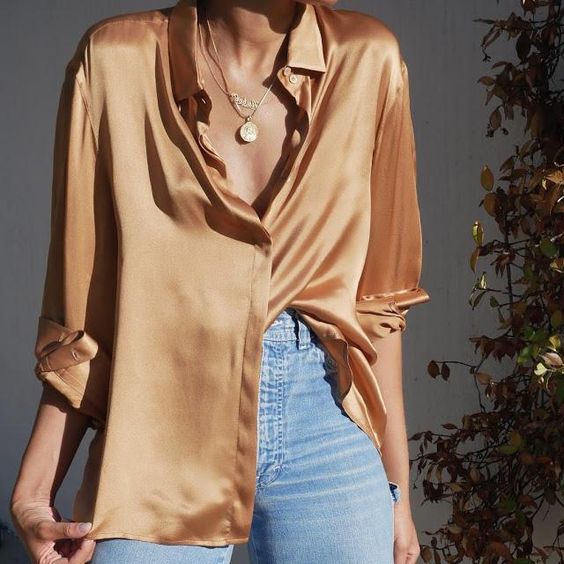
Bright-coloured silk garments should be wrapped in dark paper to keep their colours intact.Silk clothing is lighter, afraid of extrusion, easy to wrinkle, should be stored alone or placed on the top of the suitcase.
